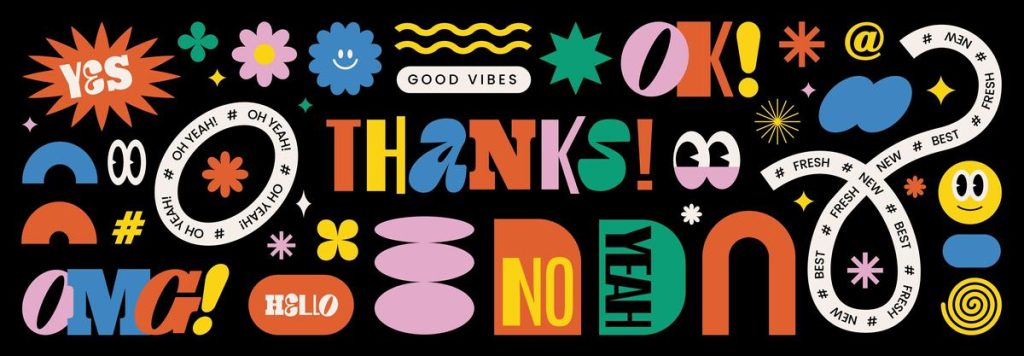Your brand package includes the tools and resources you use to communicate your image. The key to its effective application lies in the consistent use of your image packwhich includes your company name, slogan and logo.
Company Name. The name of your business is a very personal choice; however, there are 2 criteria to consider. First, the name should be descriptive. In other words, people should know what you’re doing when they hear your name. Second, it should be easy to pronounce and remember.
Slogan. Your tagline is your company’s motto or slogan. It should tell people what is unique about you and establish a mental image. Ideally, it should also elicit positive emotion. Try to limit your tagline to 7 words.
Logo. The most important element of your logo is that it should be memorable and blend seamlessly with your company name and slogan to form your set of images.
Your image package should reflect the vision you are trying to create for your business. However, what you choose for your business name, slogan and logo is less important than how they are used. The key is consistency And repetition. You want to make sure your image package is visible to current and potential customers as often as possible. Here are 9 easy ways to do it:
1. Stationary. Put your image pack on your letterhead, fax sheets, envelopes and all other forms of correspondence.
2. Business cards. Likewise, display your image package prominently on your business cards.
3. Brochures. Include your set of images on all your print and electronic marketing materials, including brochures and one-sheets.
4. Website. Your image package should appear on every page of your website. It must also appear on all website documents downloadable by visitors.
5. Publications. Include your image package in all your written content such as newsletters, brochures and manuals. Most importantly, write about topics that speak directly to the image you are trying to create. For example, if you’re trying to cultivate an image as a wellness expert, develop posts that provide helpful wellness information to your readers.
6. Blog. As with other forms of publishing, write blog posts that provide information and resources to your readers in areas of expertise directly related to your brand.
7. Social networks. Create a powerful profile that embodies the brand image you are trying to cultivate on each social media site you use (e.g. LinkedIn, Facebook). You can also create or join user groups related to your area of expertise.
8. Presentations. Whenever you give a presentation, make sure all of your presentation materials contain your set of images (e.g. PowerPoint slides, handouts). Consider facilitating free presentations as a way to communicate your brand image.
9. Presentation of the lift. Many people overlook the elevator pitch because it is verbal and not visual. However, this is vitally important because a good elevator statement will tell people who you are (e.g. your credentials), what you provide (e.g. a value proposition), and who you serve (e.g., a market niche) in a brief 20-second statement. .
For individuals or small groups:
✔️Order very, very cheap logos for your company, or resell them on other sites that buy logos at more expensive prices, keeping the difference, Click Here.
✔️If you plan to place multiple orders, choose this option by sending a message asking for quantity pricing, Click Here.
For companies:
✔️If you want to order top freelancers, Click Here.
✔️If you want to outsource services to your customers, Click Here.
✔️If you want to take care of selecting the experts you need quickly, Click Here.

Muchas gracias. ?Como puedo iniciar sesion?